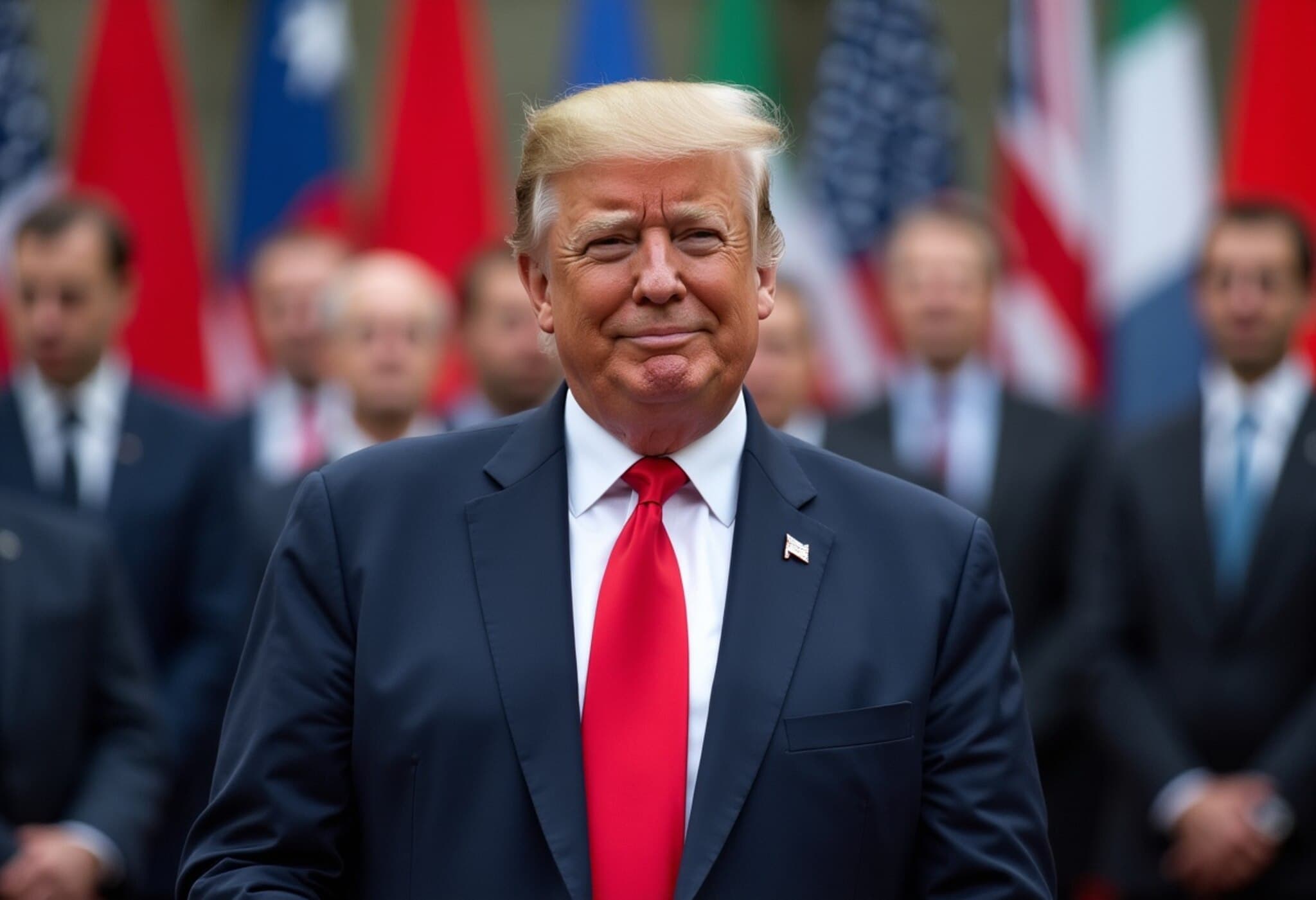G7 Summit Kicks Off Amid Rising Tensions and Unease
The Group of Seven (G7) leaders gathered in the scenic Kananaskis resort in the Canadian Rockies this week, navigating deep divisions within the alliance as they tackled pressing global crises. The summit, which runs through Tuesday, brings together leaders from Britain, Canada, France, Germany, Italy, Japan, the United States, and representatives from the European Union.
Trump Challenges G7 Unity by Supporting Russia
Before formal discussions began, US President Donald Trump stirred controversy by declaring that Russia’s removal from the G7—transforming it from the Group of Eight—was a “big mistake.” He argued that the exclusion in 2014, following Russia’s annexation of Crimea, contributed to the subsequent invasion of Ukraine in 2022.
“Putin speaks to me. He doesn’t speak to anybody else,” Trump said, emphasizing his unique rapport with the Russian leader and expressing empathy toward Russia’s ostracism. This stance poses a significant obstacle as the G7 strives to present a unified front, particularly ahead of Ukrainian President Volodymyr Zelenskyy’s scheduled engagements with the group.
Heightened Stakes with Ukraine and Middle East Conflicts
European nations are keen to convince Trump to support tougher sanctions against Moscow. Zelenskyy intends to discuss additional military aid during his interactions. Meanwhile, Trump recently proposed that Putin might serve as a mediator between Israel and Iran, a suggestion promptly dismissed by French President Emmanuel Macron, who underscored Russia's role as an aggressor in Ukraine.
The flare-up in the Israel-Iran conflict adds another layer of urgency to the summit’s agenda. Although a draft G7 statement calling for de-escalation remains unsigned by Trump, bilateral discussions on the matter continue throughout the summit.
Challenges in Achieving Consensus
Canada, the host nation, has stepped back from attempts to deliver a final comprehensive communique, recalling the 2018 summit where the US abruptly withdrew support at the last moment. Although draft documents on migration, artificial intelligence, and critical mineral supply chains exist, none have gained US approval, highlighting the fractured nature of the alliance.
European diplomats express uncertainty about securing any declarations at all, noting that Trump’s policies during his second term have shifted foreign relations, particularly regarding Ukraine and US allies.
Economic and Trade Talks Shadowed by Global Instability
Discussions are expected to address economic issues, trade negotiations, and China’s growing influence. Attempts to enforce a G7 price cap on Russian oil are complicated by volatility in the oil market following recent Israel-Iran strikes, although calming reports surfaced as Iran allegedly seeks a truce.
British Prime Minister Keir Starmer summarized the sentiment: “There is a consensus for de-escalation. The challenge is to unite around a clear strategy to achieve it.”
Looking Ahead
As tensions mount across multiple fronts, the G7 summit stands at a crossroads, striving to reconcile divergent views and reaffirm its role as a collective force in addressing global crises. The outcomes of this gathering could shape international diplomacy and security moving forward.

